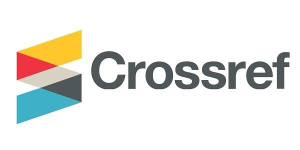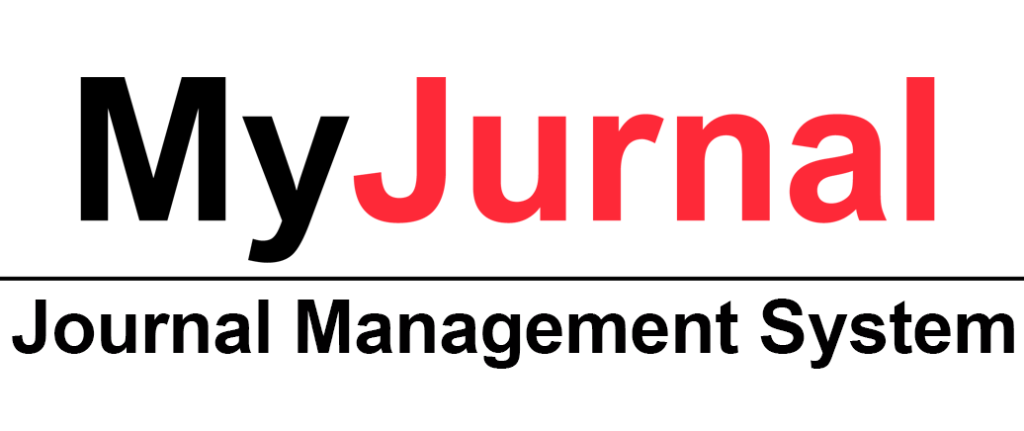The double-edged sword of LMS in Basic Education Programmes
Teacher-Lived Experiences with KwaraLearn
DOI:
https://doi.org/10.31436/ijes.v13i2.583الكلمات المفتاحية:
KwaraLearn، benefits، challenges، basic education، Nigeriaالملخص
This study explores the integration of KwaraLearn in basic schools to revolutionise teaching and
administrative practices. A qualitative phenomenological approach was used for the study. Two
research questions were raised to investigate the benefits and challenges faced by primary school
teachers using KwaraLearn. Fourteen teachers were interviewed in person to elicit their views and
lived experiences. Their responses were audio-taped and further validated with handwritten notes,
and transcribed for thematic analysis. The research revealed that the platform offered significant
advantages, including time optimisation through automated lesson tracking, a structured
schedule that enhanced lesson organisation, and measurable academic progress with standardised
assessment. However, these benefits are counterbalanced by persistent challenges, as mentioned by
the teachers such as rushed teaching pace due to rigid digital timelines, resource deficits, particularly
shortages of textbooks and supplementary materials for learners, and recurring technical issues that
disrupted administrative tasks. While participants acknowledged KwaraLearn’s potential to enhance
teaching, learning, and administrative tasks; concerns were raised on the technology-driven education
platform and the classroom realities. This study concludes that the platform should be iterative and
designed to prioritize teacher input and local realities to balance innovation with practicability.
المقاييس
التنزيلات
منشور
كيفية الاقتباس
إصدار
القسم
الرخصة
الحقوق الفكرية (c) 2025 IIUM Press, International Islamic University Malaysia

هذا العمل مرخص بموجب Creative Commons Attribution 4.0 International License.
The Journal will own copyright to all published works and have the right of first publication, both in print and online, unless other arrangements are made with the Editors in advance. It is the author`s responsibility to ensure that where copyright materials are included within an article the permission of the copyright holder has been obtained beforehand.























